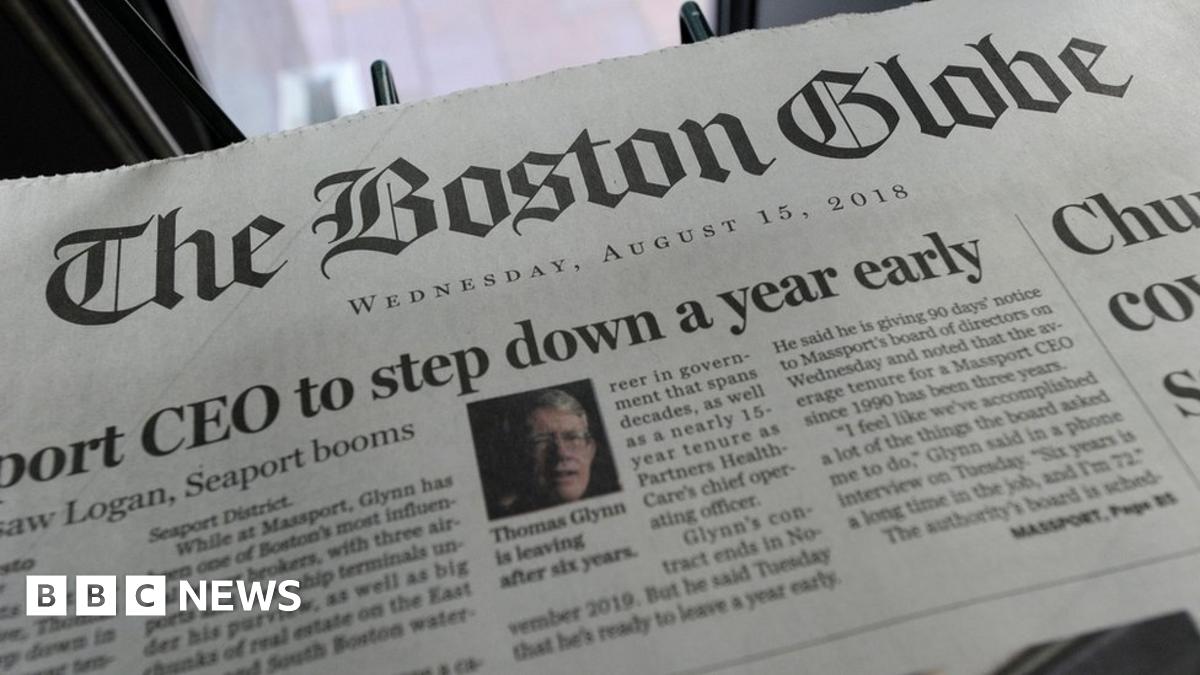For starters, apologies for not posting a link to the article. My bad.
Not at all. The part of the article which I quoted specifically states the following:
As someone who sells this stuff, here is how it works (at least in Texas - your state may be different):
An employer decides to offer health insurance so they go to their insurance guy and says "give me some quotes and tell me how this all works and how much it's gonna cost me". Insurance guy gets quotes... HMO, PPO, High Deductible Health Plan (HDHP), presents them to the business owner who, again, asks, "how much is this going to cost me?"
The answer is this: The employer has to pay 50% of the lowest offered employee-only plan. Not 50% of the selected plan. Not 50% of any employee-only plan. 50% of the lowest-priced plan offered. This alone incentivizes the employer to select the cheapest plan we can give them. Guaranteed - I've never seen it happen where the employer, faced with this calculation, says "well, let's not offer the HDHP plan - that would be wrong!"
So, here are some BCBS quotes I ran this week. First number is monthly price, second number is employer matching, third number is what the employee pays, fourth number is annualized employee expense *just for the insurance* for a 5-person group (numbers rounded to nearest dollar), 5th number is the annualized expense for the employer:
HDHP
[coverage option, monthly employer portion, monthly employee portion, employee annualized, employer annualized]
Employee: 530, 265, 265, 3180, 3180
Employee+children: 1059, 265, 794, 9528, 3180
Employee+spouse: 1059, 265, 794, 9528, 3180
Employee+family: 1588, 265, 1323, 15876, 3180
This plan has a $6,500/$13,000 deductible
HMO:
Employee: 625, 265, 360, 4320, 3180
E+C: 1250, 265, 985, 11820, 3180
E+S: 1250, 265, 985, 11820, 3180
E+F: 1,815, 265, 1550, 18600, 3180
This plan has a $3500/7000 deductible
PPO:
Emp: 738, 265, 473, 5676, 3180
E+C: 1477, 265, 1212, 14544, 3180
E+S: 1,477, 264, 1212, 14544, 3180
E+F: 2215, 265, 1950, 23400, 3180
This plan has a $1500/3000 deductible.
In the best case scenario, a sick employee who maxes out their deductible pays $7,176 per year for their covered health care expenses. And God forbid they have to do non-covered items like put wheelchair ramps in their house, for stuff like that isn't covered at all under these plans.
Median household income in the US is $57,600. The cheapest of these plans, assuming no usage by the one person who is covered, is 5.5% of that figure. The cheapest of the family plans, assuming no usage by the family who is covered, is 27.5% of pre-tax income. 27.5%, just for health insurance!
And, of course, if in the family both mama and baby are sick, then the most expensive of the family plans (including deductibles) is the HDHP one, which will cost $28,876, 50.1% of the median household pre-tax income. The least expensive of the plans is the HMO, setting them back $25,600, or 44% of the median household pre-tax income.
And I live in San Antonio, where median household income is $1,500 less than in the US.
This is not "shock reporting", Rah. This is math-based, financial reality. This is healthcare in America.
Originally posted by rah
View Post
Middle-class households tend to struggle with paying their health care bills rather than utilities, for instance. Health care costs have outpaced wages and inflation, pushing more Americans into high-deductible plans, which can backfire when serious health problems arise.
An employer decides to offer health insurance so they go to their insurance guy and says "give me some quotes and tell me how this all works and how much it's gonna cost me". Insurance guy gets quotes... HMO, PPO, High Deductible Health Plan (HDHP), presents them to the business owner who, again, asks, "how much is this going to cost me?"
The answer is this: The employer has to pay 50% of the lowest offered employee-only plan. Not 50% of the selected plan. Not 50% of any employee-only plan. 50% of the lowest-priced plan offered. This alone incentivizes the employer to select the cheapest plan we can give them. Guaranteed - I've never seen it happen where the employer, faced with this calculation, says "well, let's not offer the HDHP plan - that would be wrong!"
So, here are some BCBS quotes I ran this week. First number is monthly price, second number is employer matching, third number is what the employee pays, fourth number is annualized employee expense *just for the insurance* for a 5-person group (numbers rounded to nearest dollar), 5th number is the annualized expense for the employer:
HDHP
[coverage option, monthly employer portion, monthly employee portion, employee annualized, employer annualized]
Employee: 530, 265, 265, 3180, 3180
Employee+children: 1059, 265, 794, 9528, 3180
Employee+spouse: 1059, 265, 794, 9528, 3180
Employee+family: 1588, 265, 1323, 15876, 3180
This plan has a $6,500/$13,000 deductible
HMO:
Employee: 625, 265, 360, 4320, 3180
E+C: 1250, 265, 985, 11820, 3180
E+S: 1250, 265, 985, 11820, 3180
E+F: 1,815, 265, 1550, 18600, 3180
This plan has a $3500/7000 deductible
PPO:
Emp: 738, 265, 473, 5676, 3180
E+C: 1477, 265, 1212, 14544, 3180
E+S: 1,477, 264, 1212, 14544, 3180
E+F: 2215, 265, 1950, 23400, 3180
This plan has a $1500/3000 deductible.
In the best case scenario, a sick employee who maxes out their deductible pays $7,176 per year for their covered health care expenses. And God forbid they have to do non-covered items like put wheelchair ramps in their house, for stuff like that isn't covered at all under these plans.
Median household income in the US is $57,600. The cheapest of these plans, assuming no usage by the one person who is covered, is 5.5% of that figure. The cheapest of the family plans, assuming no usage by the family who is covered, is 27.5% of pre-tax income. 27.5%, just for health insurance!
And, of course, if in the family both mama and baby are sick, then the most expensive of the family plans (including deductibles) is the HDHP one, which will cost $28,876, 50.1% of the median household pre-tax income. The least expensive of the plans is the HMO, setting them back $25,600, or 44% of the median household pre-tax income.
And I live in San Antonio, where median household income is $1,500 less than in the US.
This is not "shock reporting", Rah. This is math-based, financial reality. This is healthcare in America.



 I want one!
I want one!




Comment